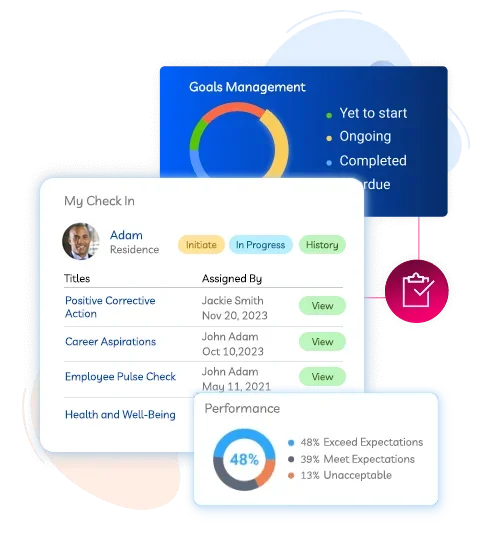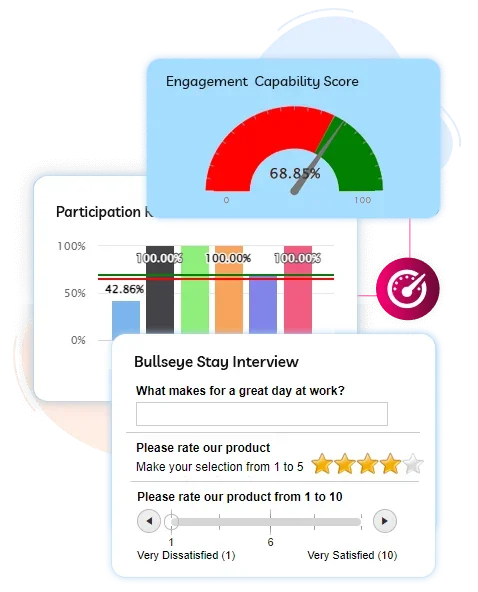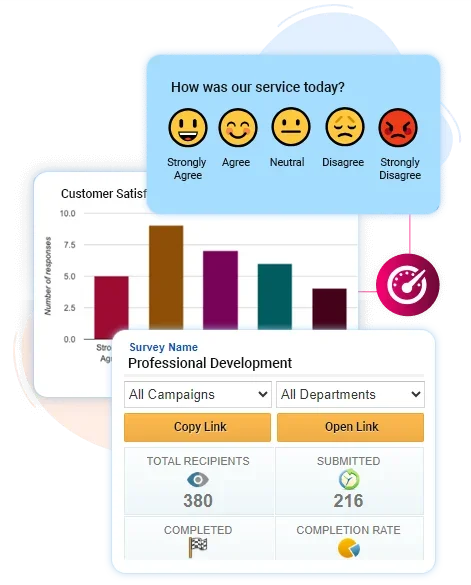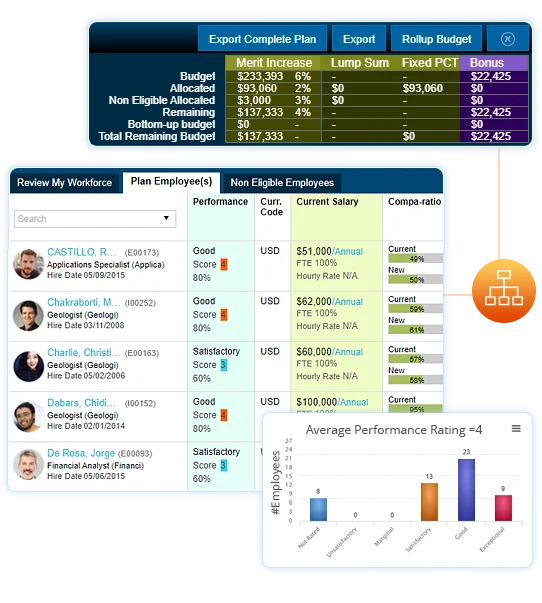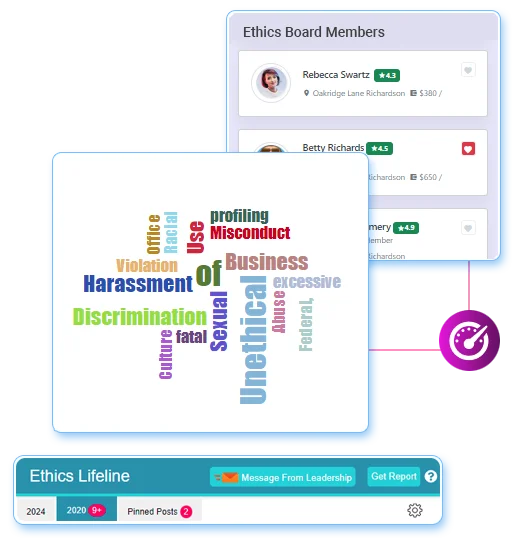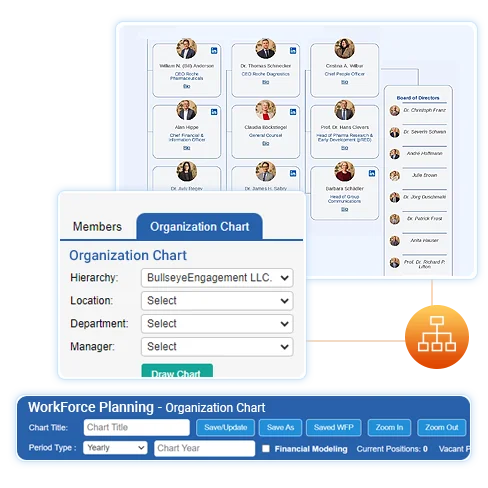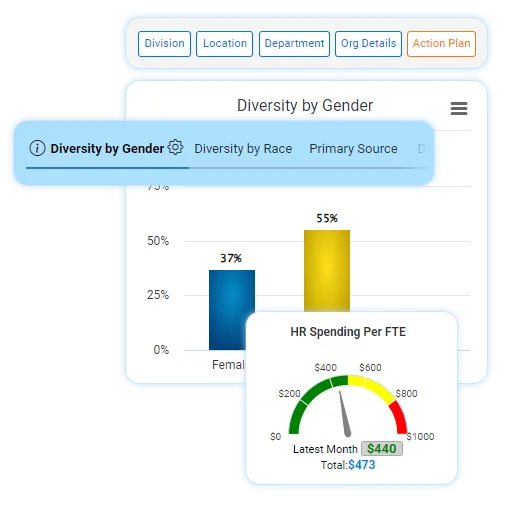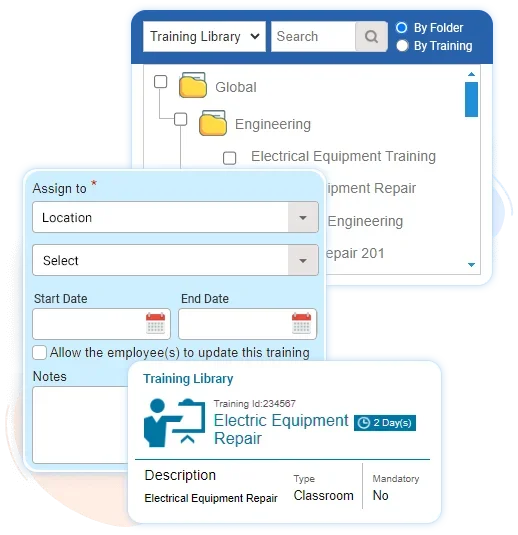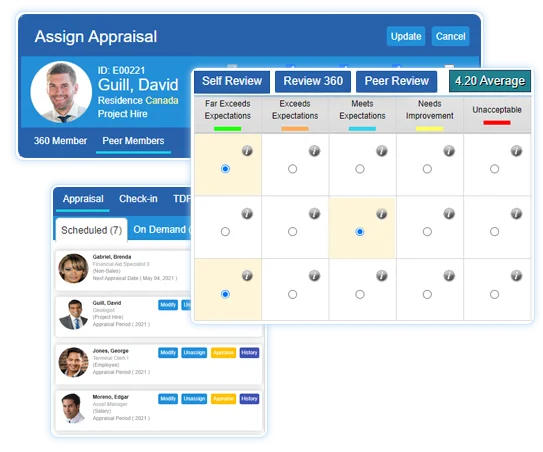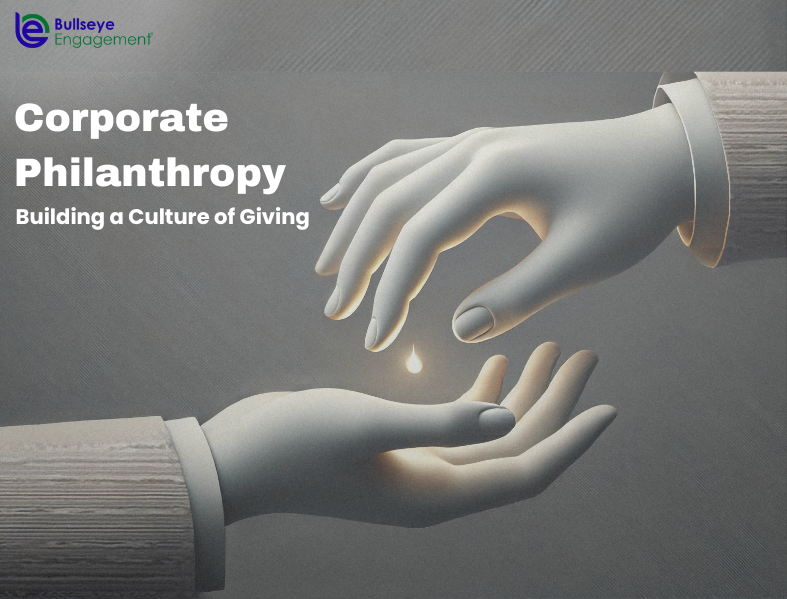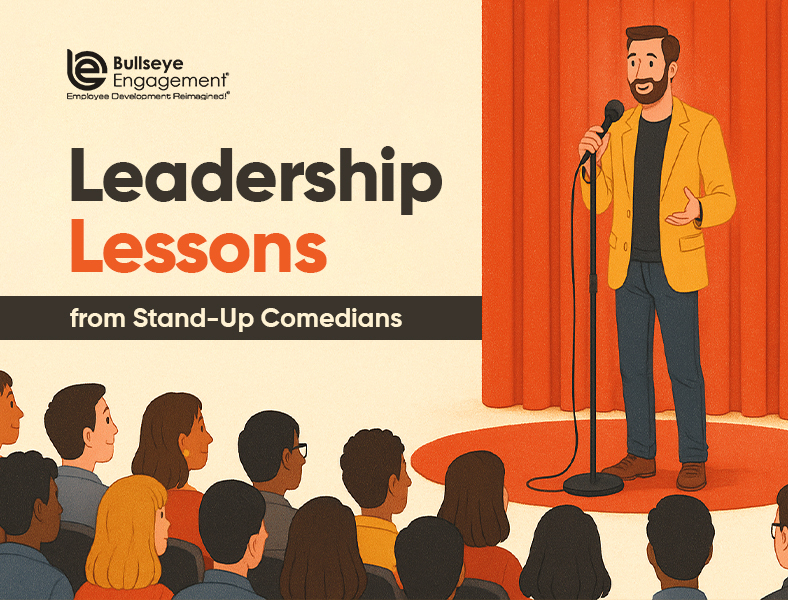In today’s business landscape, corporate philanthropy is not just an optional activity but a strategic imperative. Companies are increasingly recognizing that giving back to the community is essential for building a positive brand image, enhancing employee engagement, and creating long-term value. This blog explores the role of corporate philanthropy in building a culture of giving, with practical examples that highlight its impact.
Why Corporate Philanthropy Matters
Corporate philanthropy involves businesses engaging in charitable activities, from direct donations to supporting community projects. Here are several reasons why it is crucial:
- Enhances Corporate Reputation: Companies that actively participate in philanthropy are viewed more favorably by customers, investors, and the public. This positive perception can translate into increased customer loyalty and stronger market positioning.
- Boosts Employee Engagement: Employees are more likely to feel proud and motivated when they work for a company that values social responsibility. Philanthropic initiatives can foster a sense of purpose and improve overall job satisfaction.
- Strengthens Community Relationships: By supporting local communities, companies build stronger relationships with the people and organizations around them. This can lead to a more supportive business environment and greater community loyalty.
- Encourages Corporate Citizenship: Engaging in philanthropy encourages a culture of corporate citizenship where companies actively contribute to the social and economic well-being of the communities they serve.
Building a Culture of Giving
Creating a culture of giving within an organization requires strategic planning and a commitment to integrating philanthropy into the company’s core values. Here are some steps to build this culture:
- Align with Core Values: Philanthropic activities should align with the company’s core values and mission. This ensures authenticity and reinforces the company’s commitment to its social responsibility.
- Engage Employees: Involve employees in philanthropic activities through volunteer programs, matching gift programs, and corporate-sponsored charity events. This not only enhances employee engagement but also leverages the collective efforts of the workforce.
- Collaborate with Stakeholders: Work with customers, partners, and other stakeholders to support causes that matter to them. Collaborative efforts can amplify the impact of philanthropic initiatives.
- Measure Impact: Track the outcomes of philanthropic activities to measure their impact. This helps in understanding the effectiveness of the initiatives and making informed decisions for future projects.
- Communicate Efforts: Regularly communicate the company’s philanthropic efforts to both internal and external audiences. Transparency builds trust and encourages further participation and support.
Example of Successful Corporate Philanthropy: Salesforce
Salesforce is a prime example of a company that has successfully integrated philanthropy into its corporate culture through its “1-1-1 Model.” This model commits 1% of the company’s equity, 1% of its product, and 1% of employees’ time to charitable causes.
1-1-1 Model in Action:
- Equity: Salesforce has donated millions of dollars in grants to various nonprofits and educational institutions. These funds support a wide range of causes, from education and workforce development to disaster relief and climate action.
- Product: The company offers its technology for free or at a discount to nonprofits and educational institutions. This helps these organizations leverage Salesforce’s CRM tools to improve their operations and increase their impact.
- Time: Employees are encouraged to volunteer their time and skills. Salesforce provides each employee with seven paid days of volunteer time off per year. This has resulted in thousands of hours of community service across various projects and causes.
Impact:
- Since its inception, the 1-1-1 Model has led to Salesforce donating over $300 million in grants, 4 million hours of volunteer time, and product donations to more than 40,000 nonprofits and educational institutions.
- The company’s commitment to giving back has not only bolstered its reputation as a socially responsible business but also created a strong sense of pride and purpose among its employees.
Conclusion
Corporate philanthropy is more than just a charitable act; it is a strategic approach to building a sustainable and positive corporate culture. By aligning philanthropic efforts with core values, engaging employees, collaborating with stakeholders, measuring impact, and communicating efforts, companies can create a robust culture of giving. As exemplified by Salesforce, such a culture can significantly enhance corporate reputation, employee engagement, and community relationships, driving long-term success for both the company and the society it serves.
Building a culture of giving is not a one-time effort but an ongoing commitment. By integrating philanthropy into the very fabric of the organization, companies can ensure that their efforts create lasting, meaningful change.
